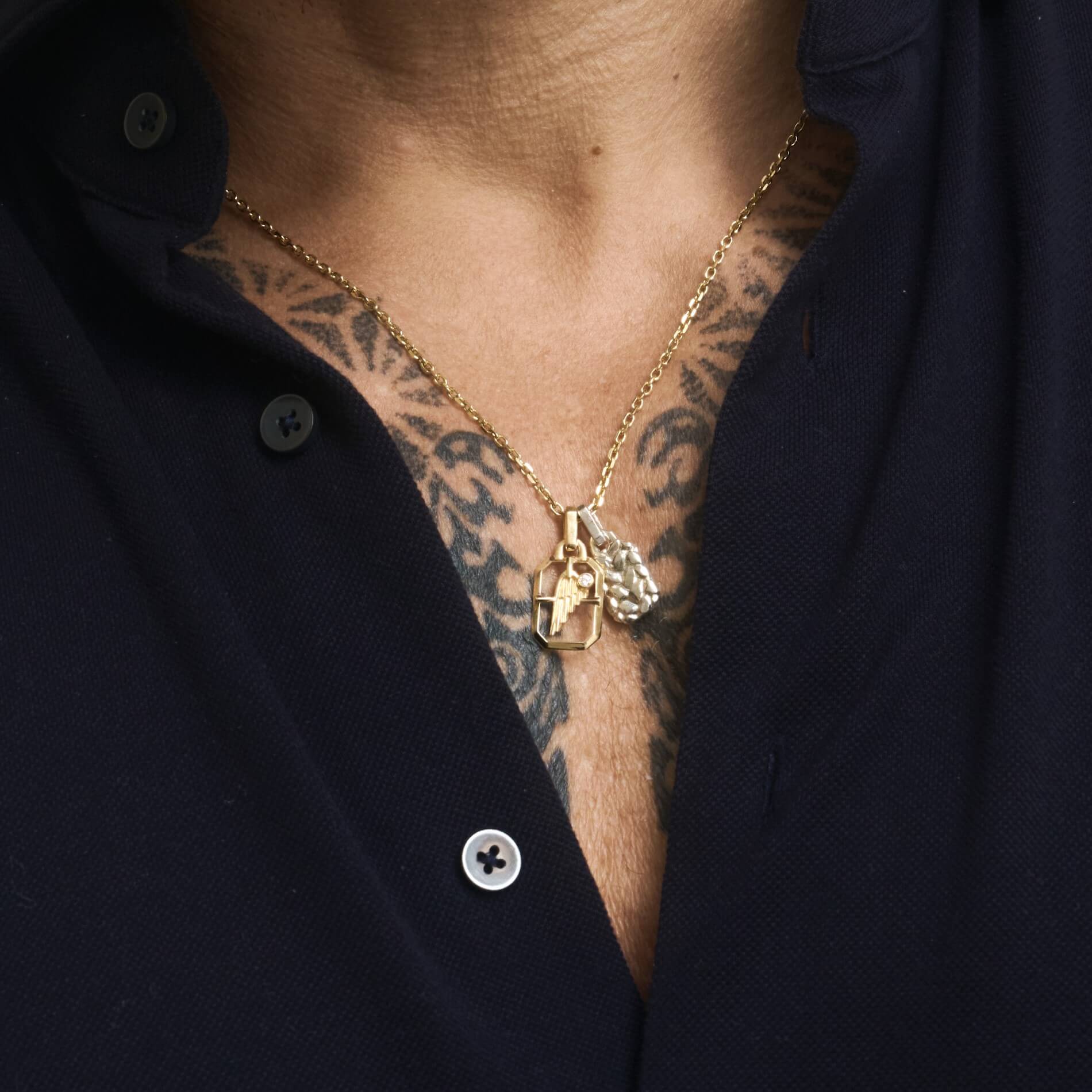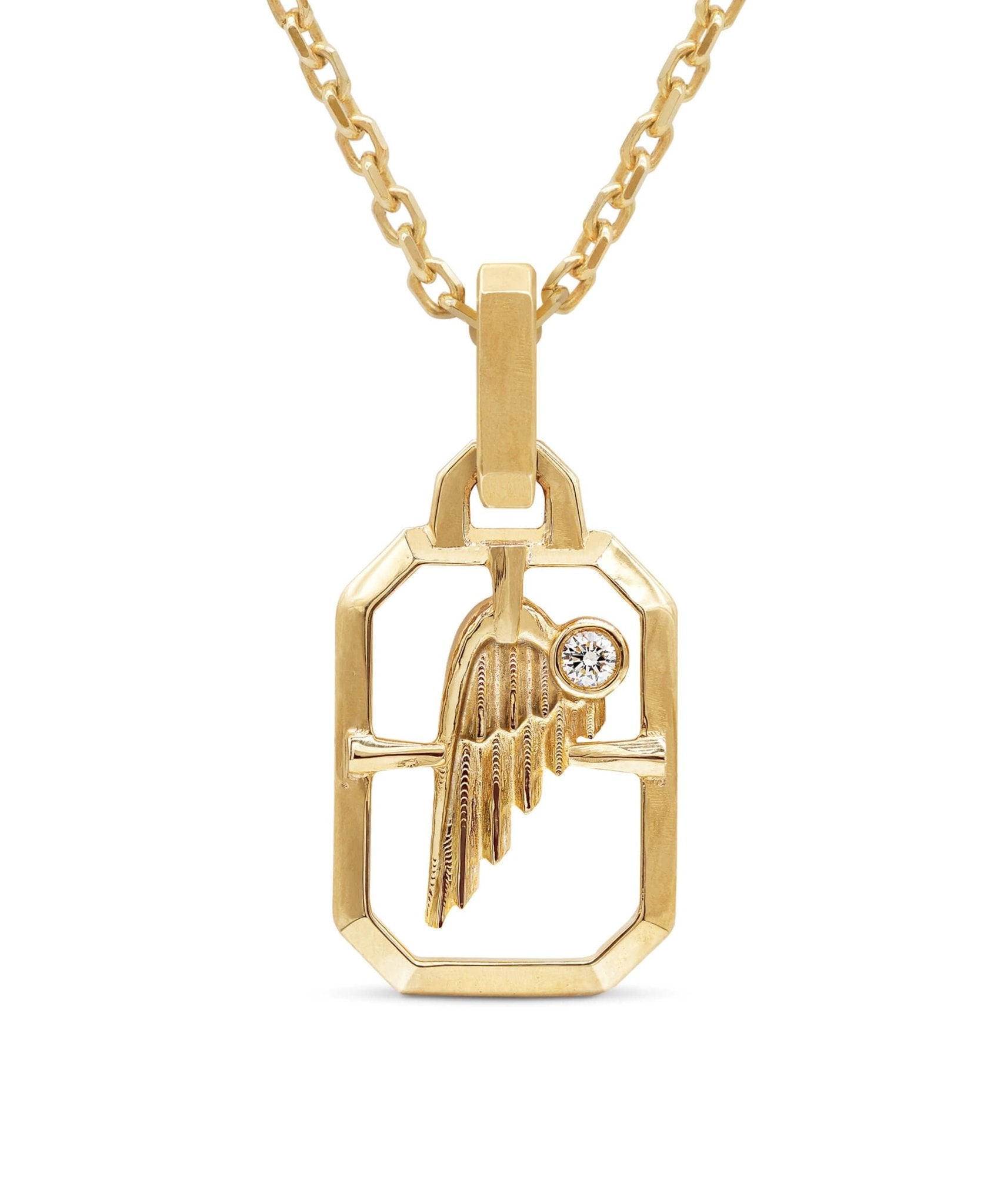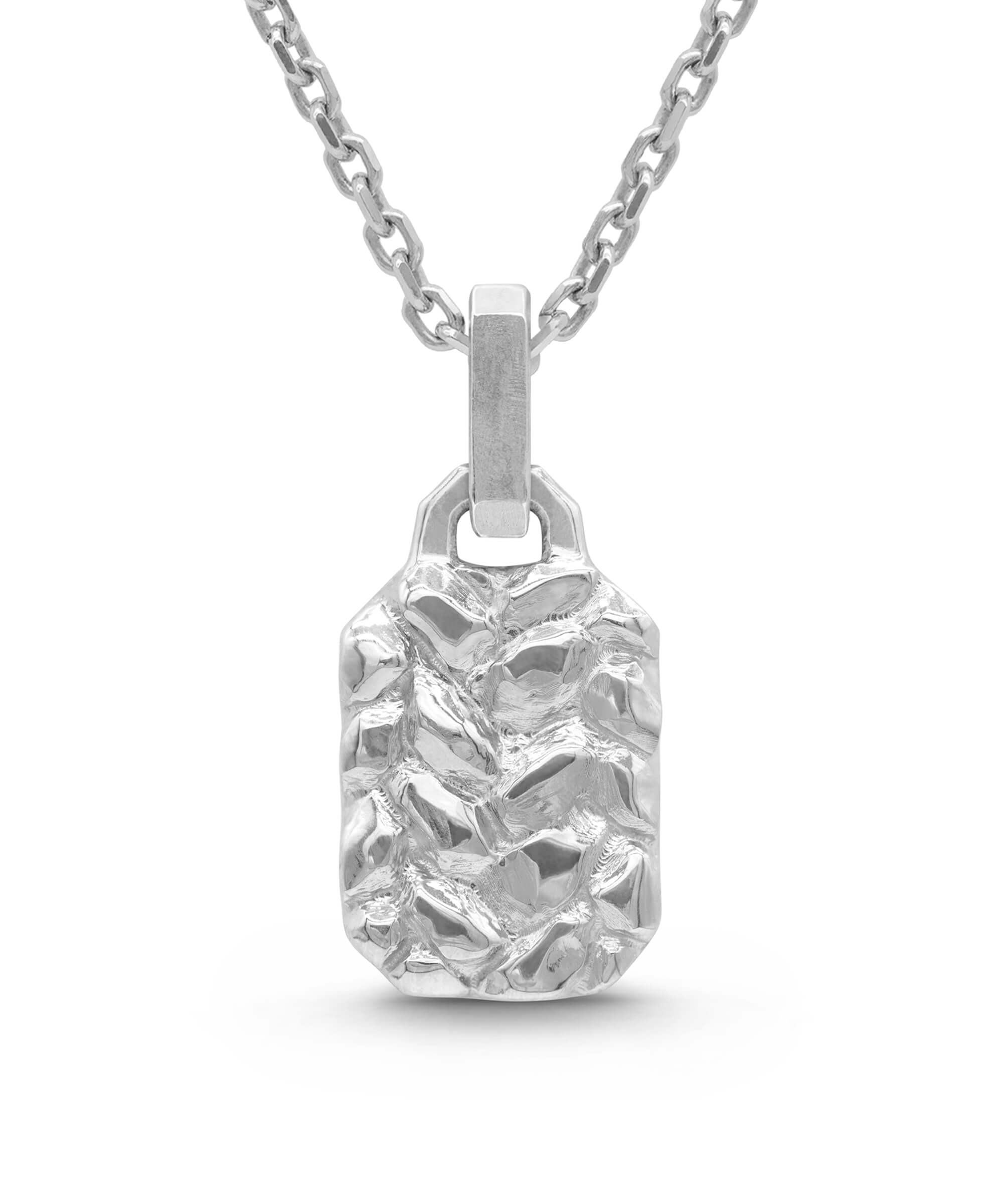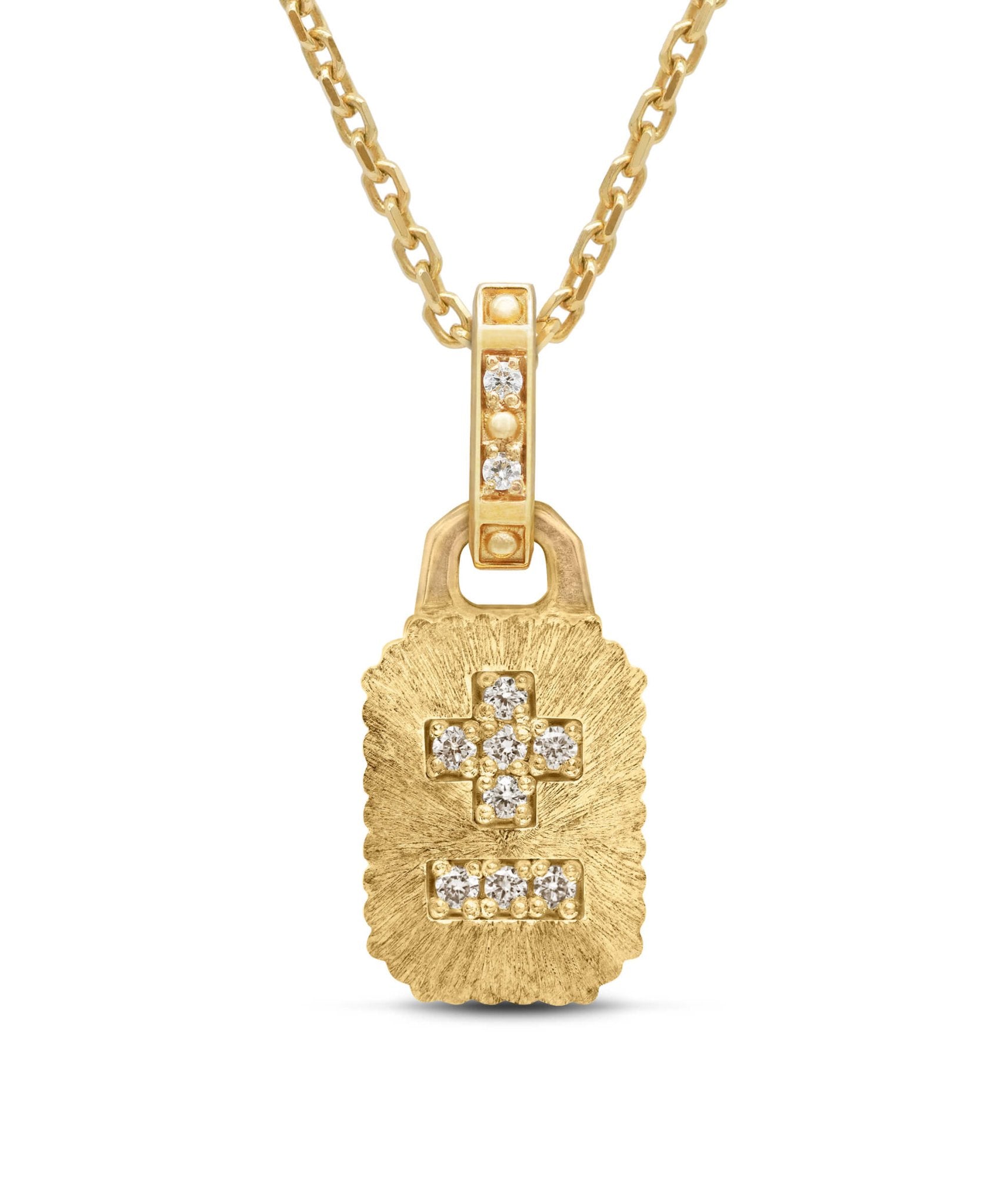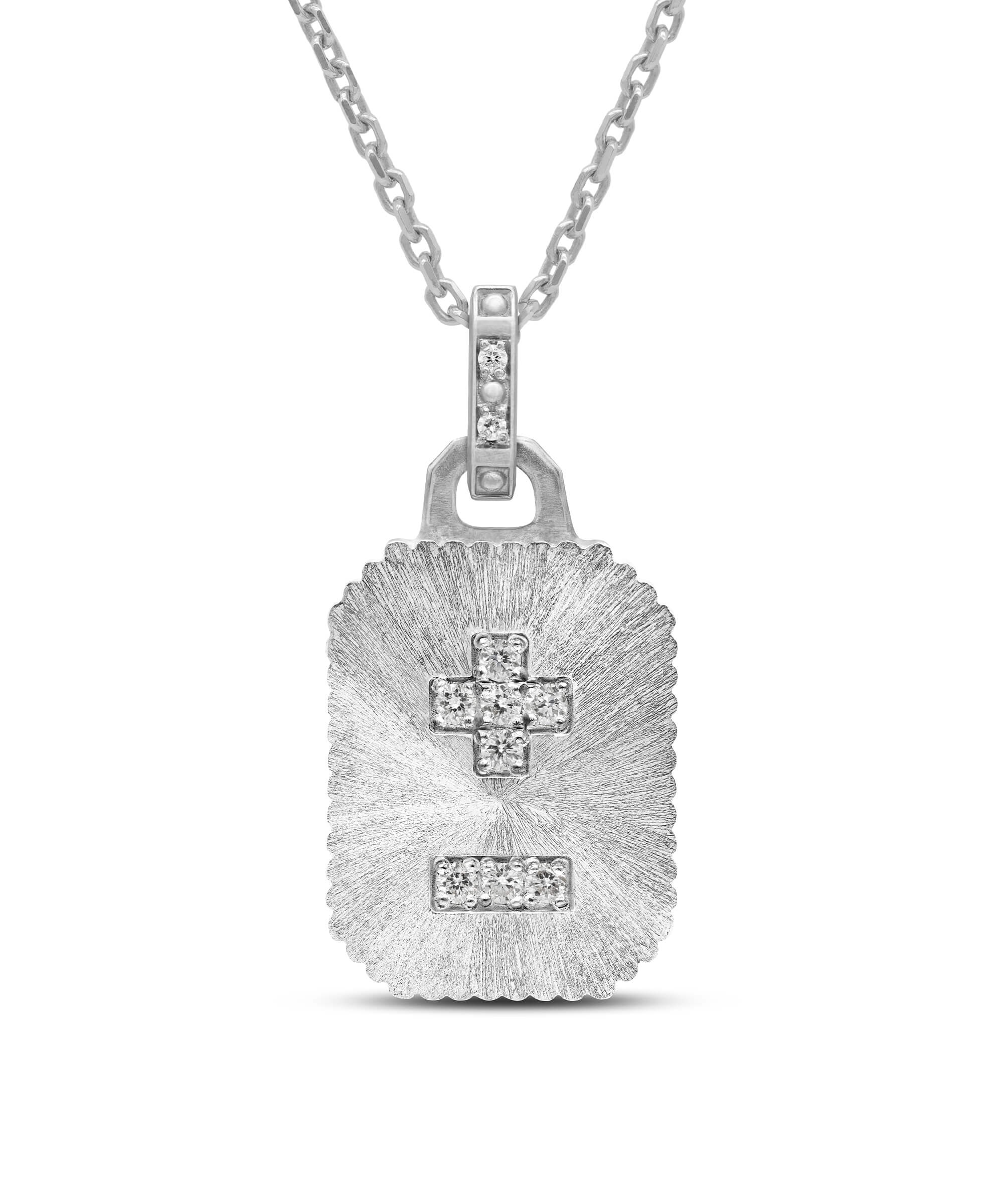Throughout history, the wing symbol has captivated human imagination, representing a multitude of meanings across various cultures. This exploration uncovers the rich history and diverse significance of wings, from ancient Egyptian iconography and Greek mythology to their enduring presence in literature and contemporary jewelry. Wings symbolize freedom, transcendence, and protection, embodying both the aspirational and protective aspects of human experience. Delve into the stories, cultural mentions, and literary depictions that reveal the profound and timeless allure of the wing symbol.
Amuletha™ Book of Symbols
Wing Symbol
Cupid and Psyche by William-Adolphe Bouguereau
"Cupid and Psyche" by William-Adolphe Bouguereau, painted in 1895, captures the intimate moment of the mythological lovers Cupid and Psyche. Bouguereau's attention to detail highlights the delicate beauty of Psyche and the divine nature of Cupid, with his wings symbolizing his godly origins. The painting is celebrated for its sensuality and technical precision, exemplifying Bouguereau's mastery of the human form and emotional expression.
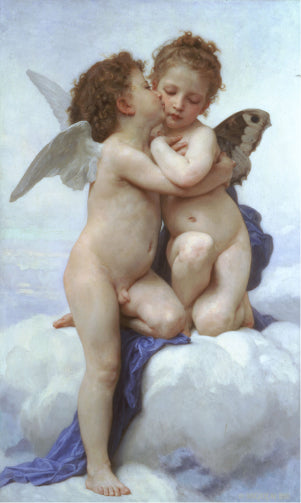
Cupid and Psyche by William-Adolphe Bouguereau
"Cupid and Psyche" by William-Adolphe Bouguereau, painted in 1895, captures the intimate moment of the mythological lovers Cupid and Psyche. Bouguereau's attention to detail highlights the delicate beauty of Psyche and the divine nature of Cupid, with his wings symbolizing his godly origins. The painting is celebrated for its sensuality and technical precision, exemplifying Bouguereau's mastery of the human form and emotional expression.
WING SYMBOL ORIGIN
The wing symbol dates back to ancient civilizations, where it often represented divine beings and a connection to the heavens. In ancient Egypt, wings were a prominent feature in the iconography of gods and goddesses, symbolizing protection and the power to transcend the mortal realm. The winged sun disk, associated with the god Ra, was a powerful emblem of divinity and royal authority, frequently depicted in tombs and temples to signify protection and eternal life.
In Greek mythology, wings were attributed to deities and mythical creatures, such as Hermes, the messenger god, who wore winged sandals called Talaria. These wings symbolized speed, communication, and the ability to traverse between the mortal and divine realms. Another notable myth is that of Icarus, who fashioned wings from feathers and wax to escape captivity. His tragic flight too close to the sun illustrates both the potential and peril of human ambition.
Throughout history, wings have also been significant in Judeo-Christian traditions, often associated with angels. These celestial beings, depicted with grand, ethereal wings, embody purity, protection, and a direct connection to the divine. Angels' wings are a recurring motif in religious art, emphasizing their role as messengers of God and guardians of humanity. This rich tapestry of meanings across various cultures has solidified the wing symbol as a powerful emblem of spiritual ascent and divine intervention.
What does WING symbolize
The wing symbol, a universally recognized emblem, that transcends cultures and time, rich with profound symbolism. Here are four refined interpretations of what the wing conveys:
Freedom
Wings symbolize the freedom to explore, express, and soar beyond boundaries.
Transcendence
They represent the ability to transcend limitations and reach higher states of consciousness or existence.
Protection
Wings are seen as protective symbols, offering shelter and guarding against harm.
Speed
Wings signify swift movement and the ability to navigate between different realms or states of being, representing agility and the power of quick transformation.
Cultural mention
Throughout the ages, the wing has captivated human cultures, transcending its physical form to become a profound symbol of freedom, transcendence, and spiritual connection. In ancient mythologies, wings were often associated with divine beings and messengers, embodying the power to bridge the earthly and the celestial. Across various cultures, from the spiritual teachings of the East to the artistic expressions of the West, wings have been revered as symbols of protection, aspiration, and the soul's journey toward enlightenment. This exploration delves into how the symbol of the wing has woven itself into the fabric of human expression, representing our deepest desires to rise above the ordinary and connect with the divine across different eras and societies.
The Legend of Icarus and Daedalus
One of the most famous stories involving wings is the Greek myth of Icarus and Daedalus. Daedalus, a masterful craftsman, constructed wings made of feathers and wax for himself and his son, Icarus, to escape the labyrinth of King Minos. Before their flight, Daedalus warned Icarus not to fly too close to the sun or the sea. Overcome by the thrill of flight, Icarus ignored his father's warning and soared higher. The sun's heat melted the wax binding his wings, causing him to fall into the sea and drown. This myth highlights the dual nature of wings as symbols of freedom and the peril of hubris, teaching a timeless lesson about moderation and heedfulness.
The Fall of Icarus by Jacob Peter Gowy, 1635–1637
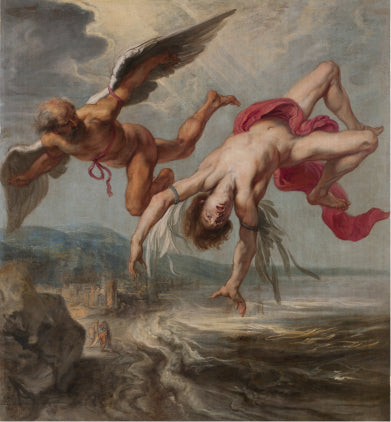
The Fall of Icarus by Jacob Peter Gowy, 1635–1637
The Winged Scarab Disk in Ancient Egypt
In ancient Egyptian mythology, the winged scarab beetle is closely associated with the god Khepri, symbolizing transformation, protection, and creation. Khepri, often depicted as a scarab beetle, represents the sun's daily journey across the sky and the cycle of rebirth. The scarab's outstretched wings signify Khepri's power to renew life and protect the world. This emblem also symbolized the Pharaoh’s divine connection and his duty to maintain order and harmony. The winged scarab continues to be a powerful symbol of protection and spiritual transformation, deeply woven into Egyptian cultural and religious traditions.
*Winged Scarab pendant from the Tomb of Tutankhamun, Valley of the Kings. Now in the Egyptian Museum, Cairo.
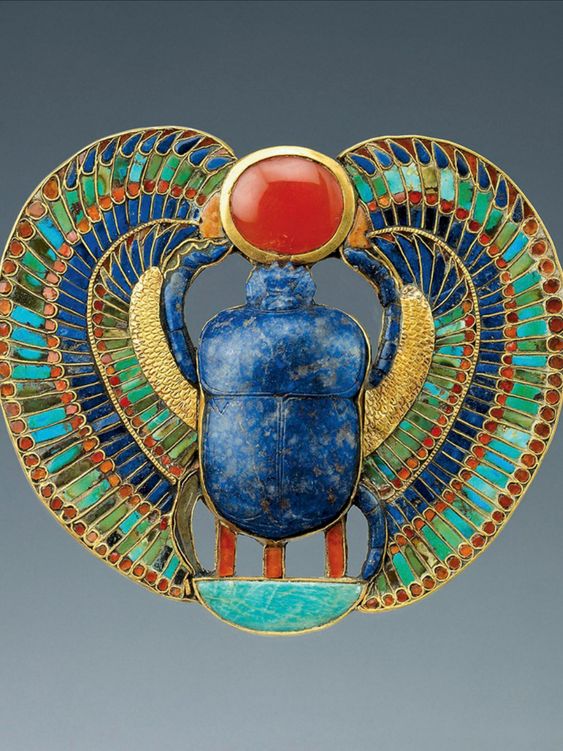
*Winged Scarab pendant from the Tomb of Tutankhamun, Valley of the Kings. Now in the Egyptian Museum, Cairo.
Quetzalcoatl, the Feathered Serpent
Quetzalcoatl, one of the most revered deities in Mesoamerican culture, embodies the dual nature of humanity and divinity, often depicted as a feathered serpent. Originating in the pre-Columbian civilizations, Quetzalcoatl is believed to have been a god of wind, air, and learning. The Aztecs considered him the creator of mankind, the god who bestowed knowledge and culture upon humanity. In one captivating legend, Quetzalcoatl is tricked by the god Tezcatlipoca into getting drunk, leading to his eventual departure from the city of Tula. The prophecy foretold his return, coinciding with the arrival of the Spanish conquistadors, which the Aztecs misinterpreted as the god's return, significantly impacting their history in a tragic way.
Ancient depiction of Quetzalcoatl
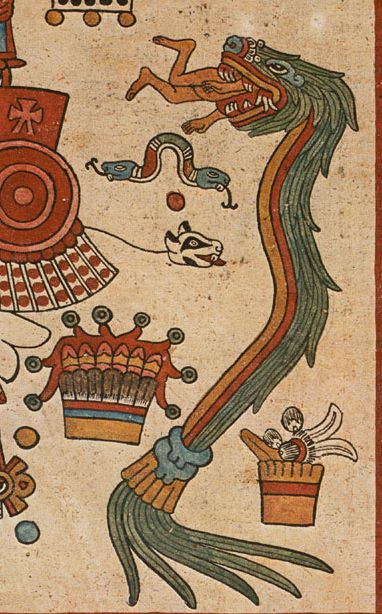
Ancient depiction of Quetzalcoatl
Wing symbol in the world of jewelry
Wings in jewelry are often worn by individuals who cherish freedom, spirituality, and transformation. People across various age groups are drawn to wing symbols for their powerful and uplifting connotations. Young adults may wear wing pendants to symbolize their aspirations and the pursuit of their dreams. For many, wings serve as a reminder of personal growth and the ability to overcome challenges, akin to a butterfly emerging from its chrysalis. Religious individuals often choose wing-themed jewelry to signify their faith, with angel wings representing divine protection and guidance. When given as a gift, wing-themed jewelry carries a profound message of hope, encouragement, and inspiration. It symbolizes the wish for the recipient to soar to new heights and achieve their aspirations. Such a gift can mark significant life milestones, such as graduations, new jobs, or personal achievements, conveying the giver's belief in the recipient's potential and journey. For example, a winged amulet gifted to a graduate might symbolize the start of a new chapter and the freedom to explore new horizons. In religious contexts, giving an angel wing pendant could signify a wish for divine protection and blessings.
WING SYMBOL IN LITERATURE
The wing symbol holds a profound place in literature, often representing themes of freedom, aspiration, and transcendence. Commonly found in works exploring self-discovery and personal growth, this symbol highlights the human quest for liberation. In Richard Bach's "Jonathan Livingston Seagull," wings symbolize the protagonist's journey toward self-awareness and mastery. Similarly, Emily Dickinson's "Hope is the thing with feathers" uses a winged bird to capture the enduring nature of hope. This section explores how wings in literature symbolize the unbounded spirit and the pursuit of higher truths.
Jonathan Livingston Seagull by Richard Bach
This novel tells the story of a seagull who yearns to fly higher and faster than the rest, symbolizing self-discovery and the pursuit of perfection. Jonathan Livingston Seagull, the protagonist, represents the struggle against conformity and the desire to reach one's full potential. Through his relentless practice and determination to master flight, Jonathan exemplifies the profound symbolism of wings as vehicles of personal growth and freedom. The novella underscores the idea that true liberation comes from within and is achieved through self-awareness and perseverance.
“Portrait of Jonathan Livingston Seagull” by Serhii Polianychko
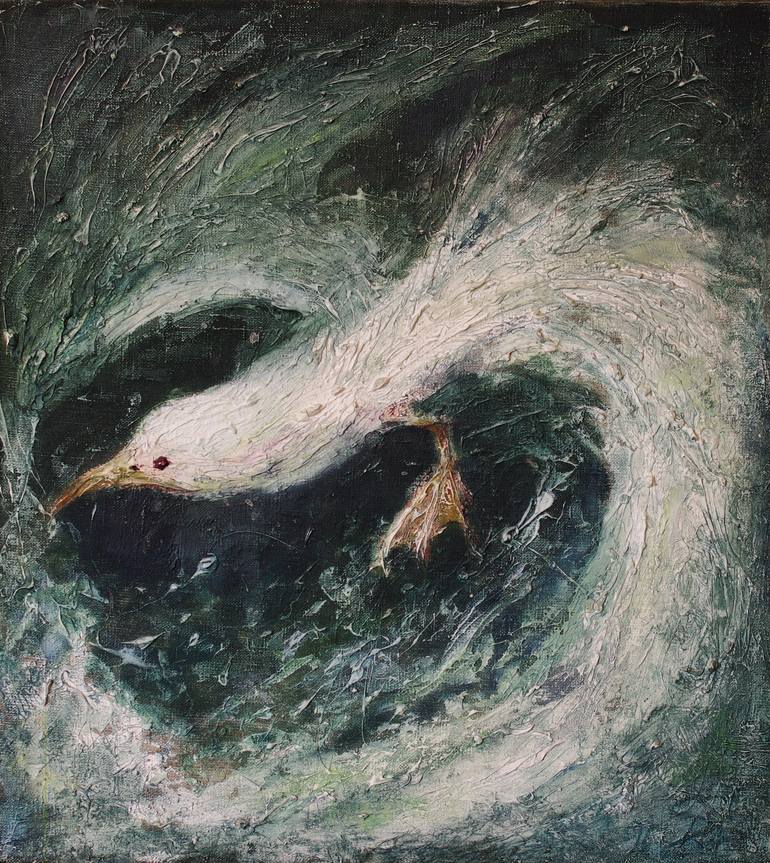
"Hope is the thing with feathers" by Emily Dickinson
Hope is the thing with feathers -
That perches in the soul -
And sings the tune without the words -
And never stops - at all
The poet uses the symbol of wings to convey the ethereal nature of hope. The poem describes hope as a bird with wings that never stops singing, even in the face of adversity.
"Caged Bird" by Maya Angelou
A free bird leaps
on the back of the wind
and floats downstream
till the current ends
and dips his wing
in the orange sun rays
and dares to claim the sky.
The poet uses the contrast between caged and free wings to explore themes of oppression and liberation. The caged bird's clipped wings symbolize confinement, limitation, and the struggle for autonomy. In contrast, the free bird's soaring wings symbolize freedom, possibility, and the unbounded spirit.
“To a Skylark” by Percy Bysshe Shelley
Hail to thee, blithe Spirit!
Bird thou never wert
That from Heaven, or near it,
Pourest thy full heart
Shelley's poem celebrates the skylark's flight as a symbol of joy and poetic inspiration. The skylark’s wings represent the unbound spirit and the transcendental beauty of nature, inspiring humans to seek higher truths and artistic expression.
Thoughts
Thoughts placed alongside a symbol resonate with its meaning, serving as a guide to expand your understanding of the symbol's significance in relation to your personal experiences. AMULETHA™ also embraces this approach, invites a deeper contemplation of how symbolic meanings can reflect and enrich your life’s narrative, enhancing your appreciation of both the symbol and its broader implications.
A whisper of exploration - Much like a hidden treasure waiting to be discovered, wings offer an invitation to roam, express, and transcend conventional limits.
Illumination of higher realms - As a bridge between the physical and spiritual, wings reflect the capacity to elevate beyond confines, accessing deeper levels of consciousness and existence.
The shield of safeguarding - Standing as a sentinel against adversity, wings project an aura of protection, offering solace and vigilance in times of peril.
The essence of enlightenment - Like a divine breeze from unseen realms, wings embody spiritual enlightenment, guiding light, and the celestial essence that dwells within and beyond.
FREQUENTLY ASKED QUESTIONS
What do wings symbolize in psychology?
In psychology, wings often symbolize freedom, aspiration, and the desire to transcend limitations. They represent an individual's drive for personal growth, self-discovery, and the pursuit of higher goals. Wings can also signify protection and the nurturing aspect of the psyche, embodying the idea of a guardian or a guiding force that helps individuals navigate through life's challenges and achieve a sense of liberation and fulfillment.
What is the message conveyed by wings?
Wings convey a message of freedom, aspiration, and transcendence. They symbolize the human desire to rise above limitations, achieve personal growth, and reach higher goals. Additionally, wings can represent protection and guidance, embodying the support and nurturing needed to navigate life's challenges and attain a sense of liberation and fulfillment.
What does a girl with wings symbolize?
A girl with wings symbolizes freedom, aspiration, and transcendence. She often represents the ability to rise above challenges and limitations, embodying hope, protection, and a connection to the divine or ethereal realms. In various cultural and artistic contexts, a winged girl may also signify innocence, purity, and the pursuit of higher ideals and personal growth.
What do wing tattoos represent?
In the realm of personal significance, a wings tattoo can represent a wide range of emotions and milestones, from honoring the memory of lost loved ones and symbolizing personal freedom and growth to depicting triumphs over challenges and expressing spiritual beliefs.






